 A quandary: What do you do when you’re not sure if you’re really creating music yourself, or just manipulating an interactive composition by someone else?
A quandary: What do you do when you’re not sure if you’re really creating music yourself, or just manipulating an interactive composition by someone else?
In the past, the only place this situation would likely have occurred is at an art installation in a museum, but what happens when that art installation is in your pocket?
I suppose in some ways the situation is akin to sampling. Or is it?
The key question all of the above leads to is this: What exactly is Bloom, the iPhone app by Brian Eno and Peter Chilvers? Besides an app, I mean.
Is it an instrument? Is it an interactive composition? Is it a piece of art?
And, after you’ve found a passable answer to each of these questions, another: If you record the output of an app like Bloom, who is the composer? Can you release it on an album? Do Brian Eno and Peter Chilvers receive composer credits?
The questions have both philosophical and practical implications. On one hand, you fall down the rabbit hole of the eternal, unanswerable question: What is art? On the other, more mundane, tangible concerns: If I put this on my album, is it copyright infringement? Or, at least, is it dishonest to take credit for the composition?
I don’t have answers to any of these questions, but I’m pondering them a lot this morning, because a portion of my music-making activities last night was devoted to the creation of a piece of music using Bloom.
To further complicate matters, consider this: Bloom consists of a simple touch interface that controls a set of predefined algorithms within the app: tones, scales, repetition and delay. Those four parameters (and probably more; I’m just going by what I perceive happening within the app as I use it) were defined by Eno and Chilvers, with some options being configurable by the user.
The user “plays” this “instrument” by tapping in different places on the screen at different times. But the app also generates tones on its own. There’s a background wash of sound that the user does not directly control, and if the app is left alone long enough, it will randomly begin “playing” notes itself.
It seems clear to me that if you just start up the app and let it go without touching the screen, you’re not really composing anything. (Or are you, John Cage?) If you start tapping the screen, you are now “playing” the “instrument.” But since so much of how the app works was defined (with plenty of built-in randomness) by the developers of the app, how much of the sound produced is really your composition, and how much is theirs?
The more you add, the more I think you are the composer. What if you overlay multiple tracks of Bloom within your DAW? That’s what I did: I ended up recording three separate passes of Bloom: one panned hard left, one panned hard right, and the other in the center. (In an interesting twist on the question at the beginning of the previous paragraph, on the center channel I didn’t actually tap the screen at all until about 20 seconds before the end of the piece.) What if you take it one step further and make Bloom merely one track in a multi-track recording featuring other instruments?
With a musical tool like Bloom, there’s no clear line to be drawn between instrument and composition, between app developer and composer and performer. And maybe that’s a good thing, philosophically. But I’m always nagged by those practical concerns: Can I really call the recording of my Bloom performance my own? It seems to me that if there’s a line anywhere, it can most clearly be drawn at the idea of layering multiple tracks of Bloom, or of using Bloom along with other instruments, because it is at that point where the resulting sound is not something that could have been created by Bloom itself.
Let’s take this all one step further: Reflecting on all of the concerns I have above, the only aspect of the discussion that troubles, rather than inspires, is legal. Am I infringing copyright if I record myself playing Bloom and put it on my album? Why is that even a question? Copyright is broken. The fact is, there are very few original ideas, especially in music. Everything is borrowed. The cognitive dissonance that arises when we try to suppress that free exchange of ideas, which is an inherent part of human expression, can be paralyzing.
Or, you can just not worry about it. I’m trying.
